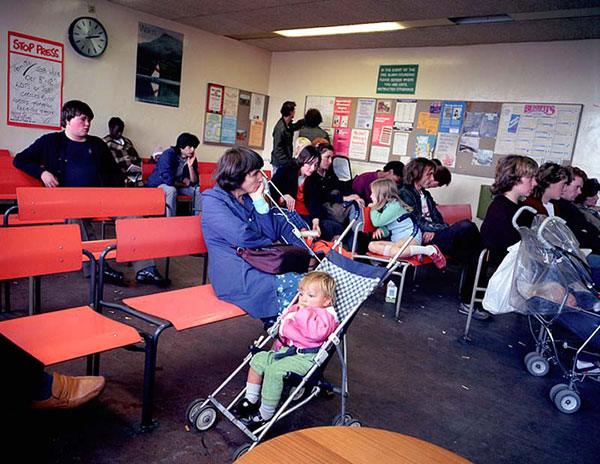






















This Roll of Honour has been completed from chronologies listed at the end of the year in the pages of the 'Darwen News'. It firstly lists servicemen that are known to have died, secondly the missing, presumed killed, and thirdly awards.
The Roll lists all these who died whilst serving King and Country together with the seven civilians killed during the German bombing raids on Darwen during the weekend of the 19th-21st October 1940. The Roll also lists all those who were reported missing and presumed killed (those recorded as P.O.W. are not included). the Awards page lists those people recorded in the 'news' as being decorated for their war efforts, including two posthumous awards (one of them being the Victoria Cross).
One could sense the sadness in Darwen during the war when compiling this when yet another Darwen casualty was announced. Almost everyone was affected in one way or another regardless of their status or class. Recorded in the list of those killed is one Captain Stuart Russell, Darwen's Conservative Member of Parliament.
information taken from:http://www.cottontown.org/page.cfm?language=eng&pageID=1777
Since its historic beginnings in the golden age of American photojournalism, the Black Star photographic agency has been committed to mentoring both its photographers and its clients.
Black Star Rising is an attempt to e
xtend this ethos
of teaching — and caring — to a broader audience













.jpg)
.jpg)
.jpg)
.jpg)















Photojournalism is an area of photography dedicated to taking accurate shots of current events. The basic mission of a photojournalist is to take pictures to accompany a news story (whether it is broadcast or published in a newspaper). However, truly great photojournalism pictures should tell the story BEFORE the text or broadcaster does.
Photojournalism pictures attempt to capture the viewer’s attention and emotion to entice him to continue listening to or reading about the story. Think of newspaper covers with large, dramatic shots of the latest current event: these pictures reflect the articles’ titles while adding a dynamic edge to story by visually communicating the pathos of the event.
Photojournalists and Ethics
A key aspect of photojournalism is to present accurate pictures that don’t compromise the integrity of the actual situation.
He is bound by ethics to photograph events exactly as they happen and as they present themselves in reality. To move an item or re-stage an event after the fact is a violation of the viewers’ trust in the photographer.
Consequently, altering pictures with computer software is considered taboo among serious photojournalists and news organizations. This code of ethics is one of the central features of photojournalism that distinguishes it from other areas of photography.
Careers in photojournalism can be destroyed by even a hint of photo manipulation. For this reason, many photojournalists prefer to use traditional film rather than digital cameras. Although digital cameras allow photojournalists to review photos immediately in the field, digital images are easier to manipulate than film negatives.
Photojournalism Examples
The best photojournalistic pictures inspire the emotion of the scene within the viewer. Some of the more recent examples of photojournalism have been the devastation of Hurricane Katrina in New Orleans and the Iraqi War.
Good examples of photojournalism engage viewers and make them want to read the accompanying story. Perhaps the most powerful examples of photojournalism in recent memory were the images taken of the destruction of the World Trade Center in New York on September 11, 2001.
Images of the hijacked planes slamming into the towers shocked people worldwide. For many, these images continue to linger in and haunt the memory long after the words in the news articles have been forgotten. Such examples of photojournalism convey the power and responsibilities of the professional photojournalist.
above information taken from
http://www.photography.com/articles/types-of-photography/photojournalism/
The Ministry of Information set up the War Artists' Scheme (W.A.S) in 1939. It was devised by Sir Kenneth Clark, the then Director of the National Gallery and the dominant figure of the British art world.
The Ministry's War Artists Advisory Committee (W.A.A.C) administered the scheme. Headed by Clark, its brief was 'to draw up a list of artists qualified to record the war at home and abroad, to advise on the selection of artists on this list for war purposes and on the arrangements for their employment'.
Before the end of 1939, the committee had a budget of £5,000. It had also assigned prominent artists to the Admiralty, the War Office and the Air Ministry. The Committee employed 30 full-time artists at any one time. Specific commissions were given to another 100 artists and the work of a further 200 artists was also bought. Other artists worked unofficially.
The Blitz was a source of inspiration for many artists. John Piper, Graham Sutherland, Henry Moore, Paul Nash, Stanley Spencer, Carel Weight, Evelyn Dunbar and Laura Knight were among artists commissioned to record the effects of the Blitz and the war effort on the home front.


